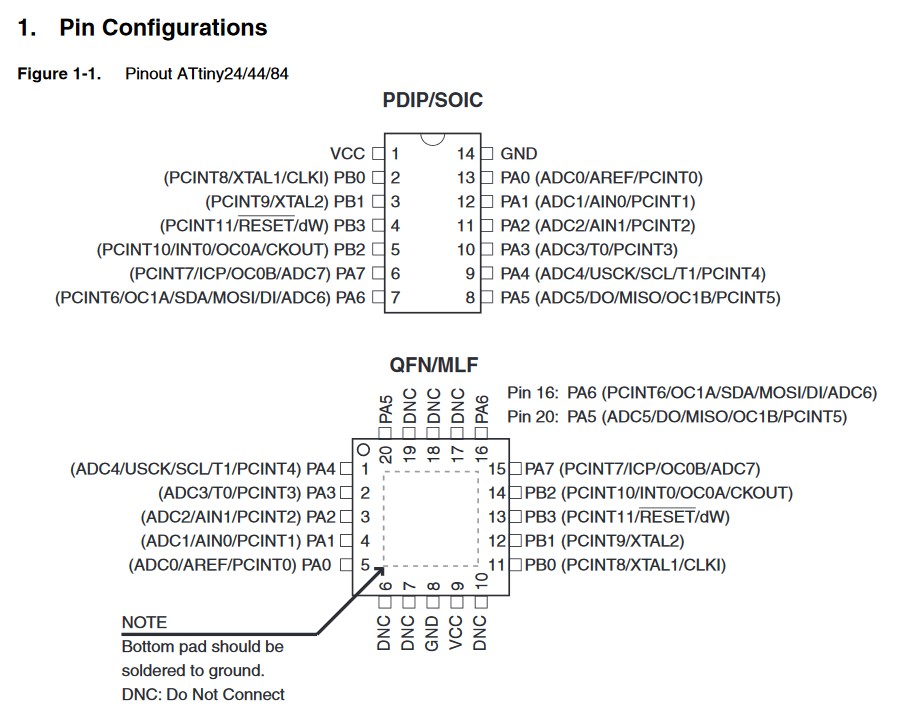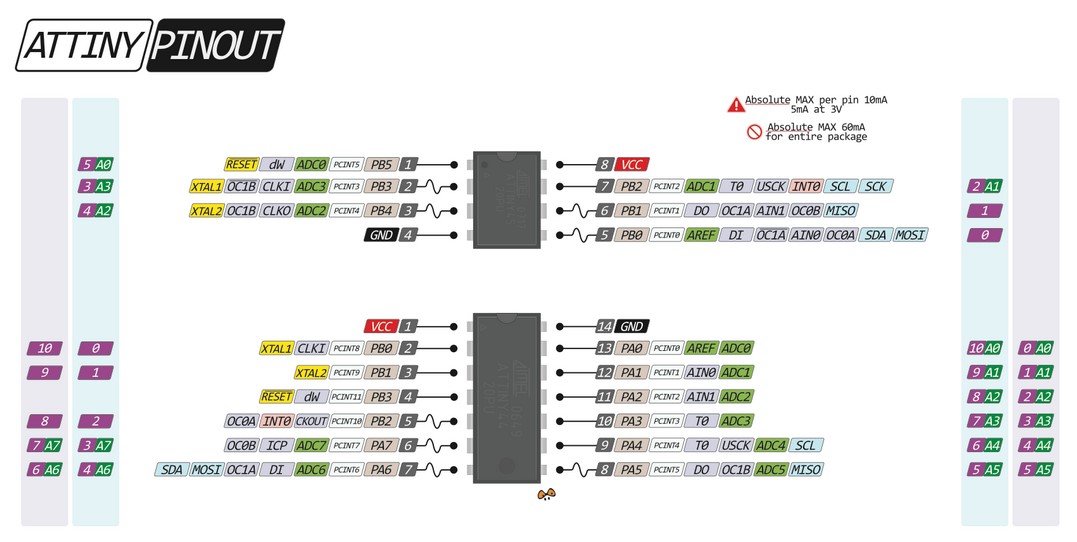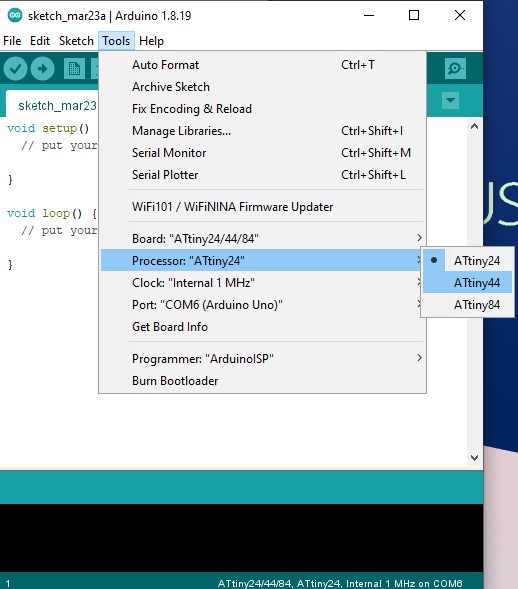9. Embedded Programming¶
Group Assignment¶
Compare the performance and development workflows for other architectures
Assignment¶
Read a microcontroller data sheet Program your board to do something, with as many different programming languages and programming environments as possible
Read a microcontroller data sheet¶
For this assignment I decided to browse the datasheet of my ATtiny44 but for me, that I had never seen one, the interesting and understandable contents are already contained in the “reduced version”.



It was quite difficult to understand the structure of the pins and why use one instead that another but in the end I found that there are on line a series of cheat sheets about PINOPUT that anyone can use to better understand how it worked.


Program my Attiny44¶
The original idea was to use the programmer we did some weeks ago to program the Hello Wolrd board…but my usb connector doesn’t work, some of the pins resulted not well connected and trying to solve this situation…I messed up everything more and more and more!

So we try to use different ways to program the Hello-world Board…and in the end decided to use an Arduino Uno board as programmer. But before doing this with our local instructor, we set up the Arduino software to support the ATtiny chip
Step-by-step¶
-
Download Arduino IDE, which you can do on the official website or from terminal
-
Go to preferences

and copy this link in the space as below.

- Next go to Tools(Strumenti) and select “Board: Arduino Uno” —> “Board manager”

- Write down “tiny” to find the library and install it.

After having complete these passages to set the Arduino Uno I must choose the correct Attiny installed on my programmer FabISP (I’ve got an Attiny44 with an external clock of 20Mhz)



If your FabISP programmer isn’t working…¶
As I said before my FabIsp is having some issues with the usb connector (I think that the only way to solve this problem will be to do a new one…).
But we live in a beautiful world where the answer to the question “Is there another way to do this thing?!” is always “YES!” so…the following links will teach you how to use an Arduino Uno board as a programmer: